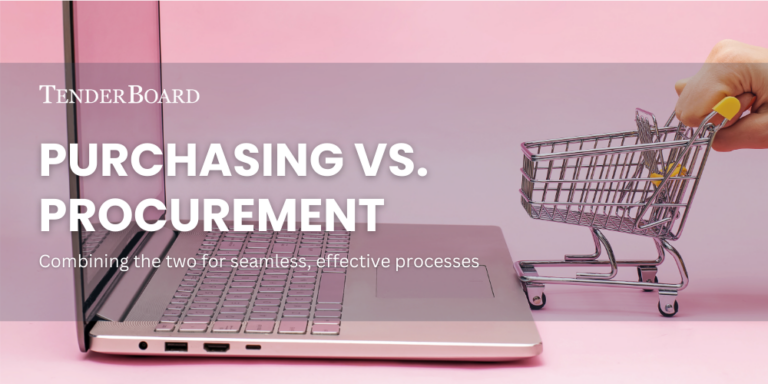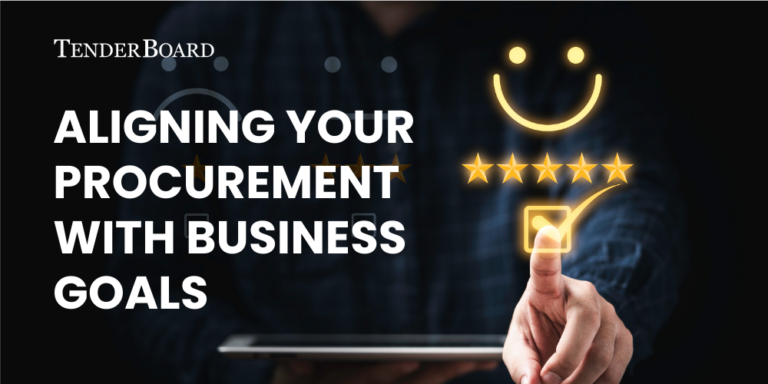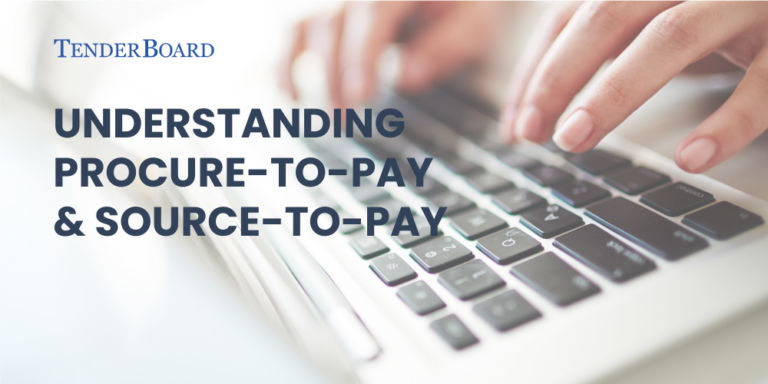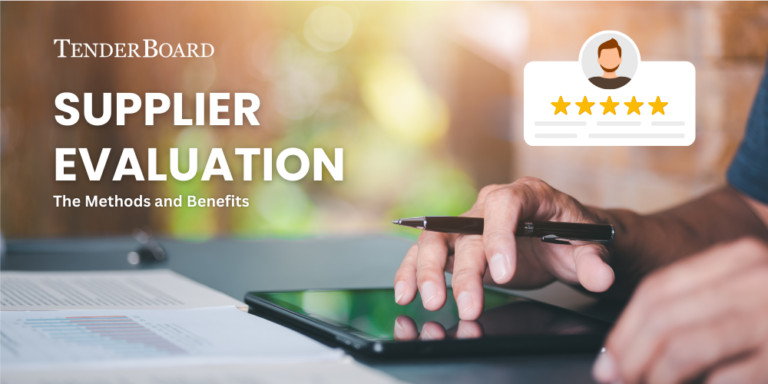Supplier management stands as a critical partner in business operations. Successful companies recognise that efficient supplier management is not just about controlling cost, but also a strategic imperative. Well-structured supplier management can help to streamline procurement, enhance supply chain resilience, and even improve profits.
In this article, we delve into how successful companies run supplier management operations, highlighting core principles and strategies that set them apart.
1. Strategic Alignment
The foundation of successful supplier management begins with selecting suppliers who align with overall corporate strategy. Companies that excel in this regard conduct a thorough analysis of their business needs and objectives before embarking on any supplier engagement, and employ strategic sourcing in their procurement process when sourcing for suppliers. They consider how suppliers can contribute to their long-term goals, be it through cost reduction, quality improvement, innovation, or risk mitigation.
Moreover, these companies will also continually reassess their supplier portfolio to ensure alignment with evolving strategic priorities, such as environmental responsibilities. This strategic alignment ensures that suppliers do not just become vendors but essential partners in the business journey.
2. Supplier Evaluation and Selection
The success of supplier management in top companies starts with strategic sourcing in their procurement process, where there is meticulous supplier evaluation and selection. These companies deploy rigorous selection processes that evaluate suppliers based on multiple parameters, such as financial stability, quality control, production capacity, and compliance with ethical and environmental standards.
3. Relationship Building and Collaboration
Successful companies understand that supplier management is not a one-time transaction but an ongoing relationship. Frequent communication and collaboration are at the heart of their supplier management strategy. They are willing to invest time and resources in building and nurturing these relationships.
Their collaboration with suppliers extends beyond the basic buyer-seller relationship. It may involve joint product development, process improvement, and information sharing. The more integrated the supplier is in the company’s operations, the more value they can bring to the table.
4. Performance Measurement and Monitoring
Monitoring supplier performance is an essential aspect of supplier management. Successful companies set clear, measurable key performance indicators (KPIs) to evaluate their suppliers regularly. These KPIs often encompass several parameters including quality, on-time delivery, cost efficiency, and compliance with agreed-upon terms and conditions.
Monitoring supplier performance can be a hassle when it is monitored manually, which can result in delayed or error-prone results. Top companies tap into software and data analytics to track supplier performance systematically. Such monitoring not only ensures accountability but also provides insights for continuous improvement.
5. Continuous Improvement
Continuous improvement is a cornerstone of supplier management in successful companies. They foster a culture of feedback, where both parties engage in open and constructive dialogue about performance and areas for enhancement. This culture of improvement extends beyond just addressing problems; it also encourages innovation.
Leading companies often involve suppliers in their research and development processes, tapping into their expertise and capabilities to drive innovation and stay ahead of the competition.
6. Technology Integration
Technology is a potent enabler for effective supplier management. Leading companies deploy digital tools and platforms to streamline procurement, track supplier performance, and enhance communication. This technology not only improves efficiency but also provides valuable data for strategic decision-making.
eProcurement systems and supply chain management software are a couple of examples of technology integration in supplier management.
7. Cost Optimisation
While strategic alignment and relationship-building are crucial, successful companies do not lose sight of their bottom line. Cost optimisation remains a central objective of supplier management operations. They leverage their strong supplier relationships to negotiate favourable terms, bulk discounts, and value-added services.
Cost optimisation is not solely about driving down prices but also about achieving the best value for the investment.
8. Flexibility and Adaptability
Finally, successful companies recognise the ever-changing nature of the business landscape. They remain flexible and adaptable in their supplier management operations. If a supplier is no longer aligned with their strategic goals or is unable to deliver the same value, they are not hesitant to seek alternatives.
This adaptability ensures that they can pivot quickly in response to changing market conditions and opportunities.
Conclusion
In conclusion, successful companies understand that supplier management is more than just sourcing goods and services. It is a strategic imperative that can drive efficiency, innovation, and competitive advantage. By aligning supplier relationships with their corporate strategy, focusing on relationship building and collaboration, and using technology to streamline processes, these companies build a robust supplier management operation.













